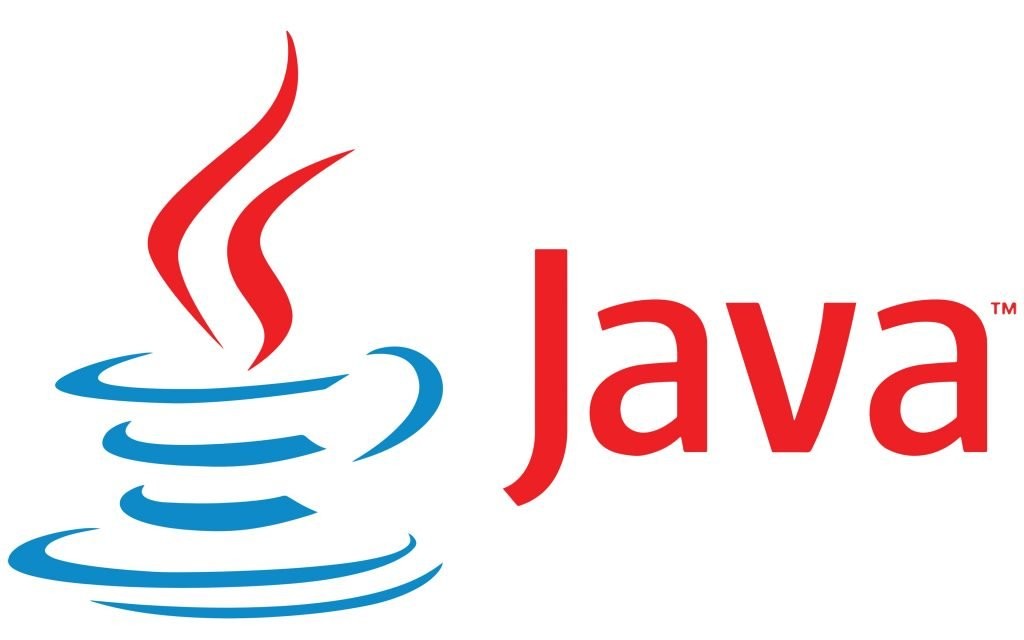Last Updated on June 8, 2024
Java Development Kit (JDK) is designed with a robust security focus. This article will focus on how java provides security with Java’s built-in security mechanisms.
Inherently, the Java language boasts type safety and automatic garbage collection mechanisms, strengthening application code resilience. A secure bytecode verification and class loading system ensures the execution of only legitimate Java code.
Its security APIs also offer encryption, digital signatures, and access control features, safeguarding data and resources from unauthorized access.
The APIs allow for multiple interoperable implementations of algorithms and other security services. Services are implemented in providers.
In effect, Java provides a solid security foundation with platform mechanisms and on top of that, developers have a powerful toolkit (security APIs) to tailor security features to their specific needs.
First article of the series focuses on Java’s built-in security mechanisms, whereas the second article focuses on APIs and libraries
Bytecode Verification
Java uses a compiler to translate programs into bytecode, a format that works on any machine. A bytecode verifier acts as a security guard, ensuring only valid bytecode gets executed within the Java runtime environment.
This is how java provides security for bytecode. This verifier meticulously checks that the bytecode adheres to the Java Language Specification and doesn’t break any language rules or restrictions on namespace usage.
Beyond verifying code legitimacy, the bytecode verifier acts as a memory watchdog. It scans for potential memory management violations, stack underflows or overflows, and illegal data type conversions. Once bytecodes pass this rigorous security inspection, the Java runtime environment prepares them for execution.
One of the distinct and most powerful features of JAVA is dynamic bytecode modification that allows you to alter the bytecode of a class after it has been compiled and loaded into the JVM.This modification happens at runtime, meaning the changes are made while the program is already running.
Some of the common scenarios where dynamic bytecode modification is used:
- Logging and Debugging: You can inject logging code into existing classes to track program behavior at runtime.
- Aspect-Oriented Programming (AOP): AOP allows you to add functionalities like security checks or performance monitoring across different parts of your application by modifying bytecode at runtime.
- Code Optimization: In some cases, you can optimize bytecode for specific hardware or workloads by modifying it dynamically.
- Runtime Code Generation: You can even generate new classes entirely and inject them into the running program using dynamic bytecode modification.
Dynamic bytecode modification in Java offers a powerful tool for code manipulation at runtime, but it introduces security considerations that need careful attention.
Those security risks can be mitigated by implementing robust authorization mechanisms to control who can modify bytecode and what modifications are allowed and by code signing and verification techniques to ensure that only trusted code modifications are applied.
Java also lets developers control access to different parts of their code (classes, methods, variables) using access modifiers. This helps keep sensitive code sections protected.
- private: Most restrictive modifier; access is not allowed outside the particular class in which the private member (a method, for example) is defined.
- protected: Allows access to any subclass or to other classes within the same package.
- Package-private: If not specified, then this is the default access level; allows access to classes within the same package.
- public: No longer guarantees that the element is accessible everywhere; accessibility depends upon whether the package containing that element is exported by its defining module and whether that module is readable by the module containing the code that is attempting to access it
Secure Class Loading
Java stands out because it can load new program pieces (software components) even while the program is running. This is called dynamic class loading and makes Java very flexible.
While the class loading mechanism allows Java programs to be dynamic, its true strength lies in security. Th way Java provides security for class loading is carefully verifying and assigning permissions to each loaded class before it can be used.
It employs lazy loading, delaying class loading until the code actively needs them, optimizing resource usage. Additionally, it maintains the Java Virtual Machine’s type safety through link-time checks. These checks replace certain runtime checks and are performed only once, enhancing efficiency while preserving type safety.
Moreover, programmers can define their own class loaders that, for example, specify the remote location from which certain classes are loaded, or assign appropriate security attributes to them.
The class loader interacts with the Java security manager (if one is configured) to enforce security policies or access specific resources (like files) while searching for class files.
(Note: The Java Security Manager, which interacted with class loaders for security policies, has been deprecated in Java 17 and has been replaced by more modern and flexible approaches.)
Class loaders can be used to provide separate name spaces for various software components.
If two classes with the same name are loaded by different class loaders, they are treated as distinct entities by the JVM. Even if they have the same package name, the class loader acts as an additional identifier, preventing conflicts and offering an additional layer of isolation beyond packages, enabling developers to manage code from different sources more effectively and prevent naming conflicts in Java applications.
By using separate class loaders for untrusted code, developers can create a sandboxed environment. This environment restricts the code’s access to system resources and prevents it from interfering with other parts of the application.
Class loaders can hide specific packages from certain class loaders. This prevents untrusted code from accessing sensitive classes or functionalities within those packages.
It must be noted that using custom class loaders can introduce security vulnerabilities if not implemented carefully. It’s crucial to understand the implications before using them.
While class loader security offers a strong foundation, it’s not foolproof. Security best practices like code reviews and secure coding principles are still essential.
Conclusion
Java prioritizes security from the ground up, and bytecode security plays a crucial role in this strategy.
Before execution, bytecode goes through a verification process that ensures it adheres to Java language specifications and doesn’t contain malicious code. This helps prevent attacks like buffer overflows or code injection.
Class Loaders act as gatekeepers, controlling how classes are loaded and what permissions they have. They can isolate code from different sources, preventing conflicts and unauthorized access. Java offers libraries like the Java Permissions API for defining granular permissions for accessing resources and functionalities within the application.
Java bytecode security and class loading mechanisms offer a strong foundation for building secure applications. By understanding its mechanisms and limitations, developers can leverage its advantages and employ additional security measures to create robust and trustworthy software.

